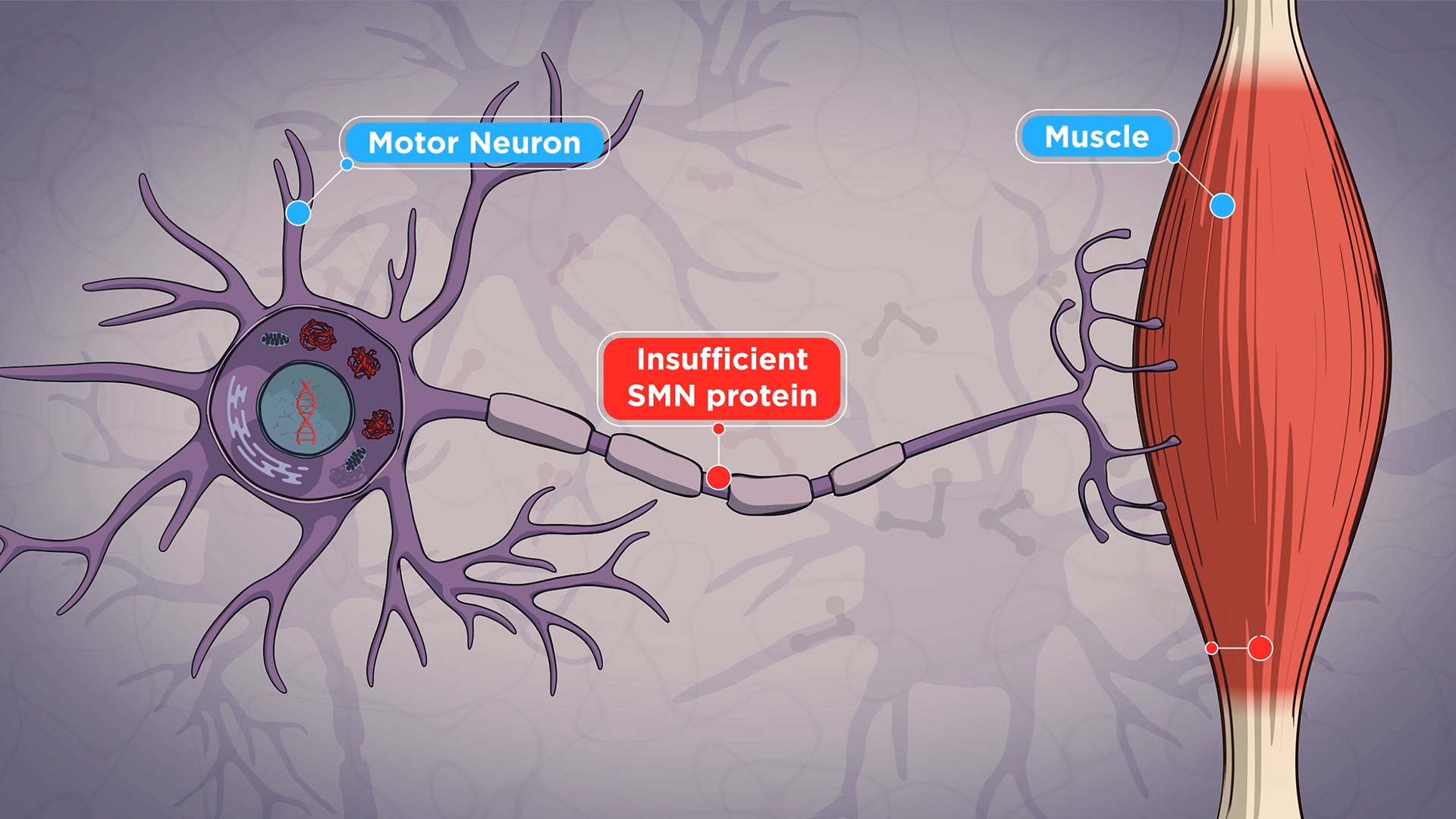How Legal Animation Enhances the Courtroom Experience
Legal animation is enhancing the courtroom experience by making complex information accessible and engaging for jurors.

In the competitive field of personal injury law, the ability to effectively communicate complex medical procedures and legal nuances to a jury is paramount. Legal animation has emerged as a powerful tool to enhance the courtroom experience by making intricate details comprehensible and engaging. Through the use of courtroom animation, forensic animation, and legal animation, lawyers can vividly convey their client’s story, helping jurors understand the severity of injuries and the circumstances surrounding the case.
Juror Education through Legal Animation
Simplifying Complex Information
Jurors often struggle to grasp complex medical terminology and legal concepts. Legal animation simplifies this information by transforming it into visual narratives that are easy to understand. By using courtroom animation to illustrate injuries, medical procedures, and accident scenarios, lawyers can effectively educate jurors, ensuring they have a clear and accurate understanding of the case.
Enhancing Engagement and Retention
Visual aids are proven to enhance engagement and retention of information. Legal animations capture the attention of jurors and help them retain crucial details about the case. This heightened level of engagement can be pivotal in influencing the jury’s perception and decisions, ultimately leading to more favorable outcomes for clients.
Personal Injury Visualization
Bringing Injuries to Life
In personal injury cases, the ability to visually demonstrate the extent of injuries can significantly impact the jury’s understanding and empathy. Personal injury visualization through legal animation allows lawyers to create detailed, lifelike representations of injuries. These animations can show the immediate and long-term effects of an injury, providing a compelling narrative that supports the client's claims.
Clarifying Medical Procedures
Medical procedures can be difficult for jurors to comprehend through verbal descriptions alone. Legal animation provides a clear and concise way to illustrate these procedures, showing step-by-step processes and outcomes. This clarity helps jurors understand the medical aspects of the case, supporting the argument for compensation.
Medical Malpractice Cases
Illustrating Negligence
In medical malpractice cases, demonstrating negligence is crucial. Forensic animation can recreate surgical procedures and medical interventions, highlighting where errors occurred. These visual re-enactments provide a clear and compelling argument for the plaintiff, making it easier for jurors to grasp the concept of medical negligence.
Supporting Expert Testimony
Expert testimony is often a cornerstone of medical malpractice cases. Legal animations can enhance the impact of this testimony by providing visual support that reinforces expert explanations. This combination of verbal and visual evidence makes the expert’s points more persuasive and memorable for the jury.
Car Crash Reenactments
Reconstructing Accidents
Car crash reenactments through forensic animation provide a detailed and accurate representation of accidents. These animations can illustrate the sequence of events leading to the crash, the impact on the vehicles and occupants, and the resulting injuries. By reconstructing the accident, lawyers can clearly demonstrate fault and liability to the jury.
Visualizing Impact and Injuries
Understanding the dynamics of a car crash and its impact on the human body is crucial in personal injury cases. Legal animations can visualize the forces involved, the movement of the occupants, and the resulting injuries. This vivid representation helps jurors understand the severity of the crash and the extent of the injuries sustained by the plaintiff.
Legal animation is revolutionizing the courtroom experience by making complex information accessible and engaging for jurors. Through courtroom animation, forensic animation, and legal animation, lawyers can effectively educate jurors, visualize personal injuries, illustrate medical malpractice, and reconstruct car crashes. These powerful visual tools enhance the clarity and impact of legal arguments, leading to more informed and favorable jury decisions.
By incorporating legal animation into your courtroom strategy, you can ensure that your client’s story is told in a clear, compelling, and convincing manner, significantly improving your chances of winning the case.
Let’s Get Started
Interested in learning more about how Intervoke can bring your science to life?
Contact us or book a Discovery Call to get started.


